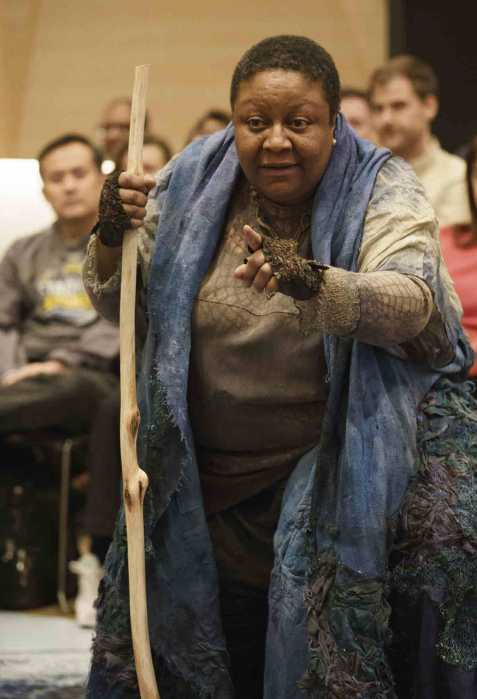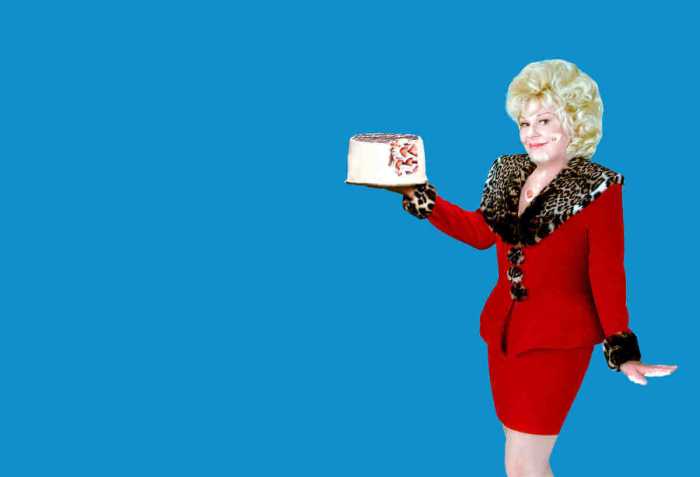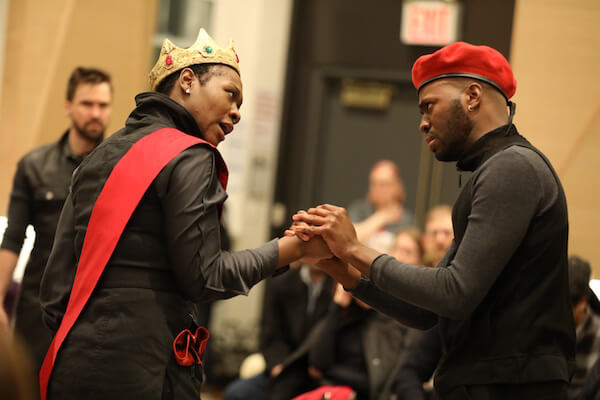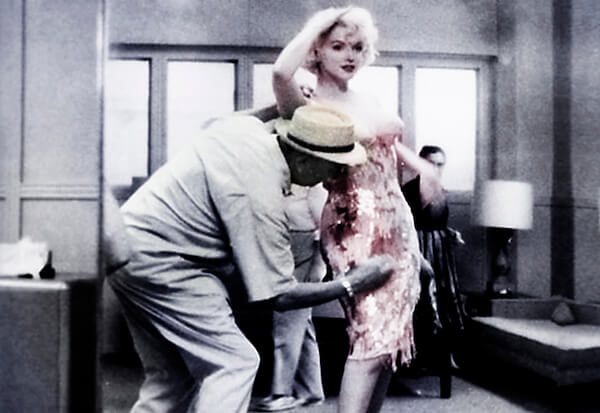How did the Brooklyn Bridge become a symbol of impermanence? | IGNACCIO
I sit in a small plaza to the right of New York City’s delicately facaded 18th century City Hall, gazing through newly verdant tree boughs at the old building’s elegant, almost fragile columns. Its cream-colored entrance has the look of a sleepy mansion on a plantation in the Old South. One half-expects liveried servants to appear on the verandah bearing silver cups of mint juleps.
I settle into the hard, wooden bones of an old bench and open the book I’m reading, delighting in the breaths of cool breeze and hot afternoon sun that are the gifts of early summer. Suddenly I am consumed with hunger pangs and glance around for nearby street vendors who might satisfy my craving. None is in sight except a lone pushcart that is selling pretzels and rubbery hot dogs. I decide to wait even though I am nearly hypoglycemic.
Then, deus ex-machina-like, my husband arrives bearing a bag of greasy goodies from MacDonald’s. We had agreed earlier to meet here when he invited me to join him for a walk across the Brooklyn Bridge and an exploration of Brooklyn Heights. My husband has an uncanny skill for doing the right thing at the right time, in this case showing up with edibles. We tear into the lumps of limp Chicken MacNuggets and I tell him this is the best feast I have ever had in my entire life. And it’s true! Is there anything better than really humble fare when you are famished?
After we finish our snack, we head for the Brooklyn Bridge. It is partly obscured by plastic construction curtains and the footpath across it is gridlocked with pedestrians fighting with cyclists, some of whom have uncouth manners: “Get the fuck outta my bike lane!” I thought bike riders were gentle vegetarians who spoke softly and practiced yoga. The regal lady is not at her best today.
Not like the last time I saw her up close, on a warm July night well over 40 years ago. I was with a young man and I no longer remember his name. He was a ballet dancer, a redhead. We met in the Village in a ticket line for a free performance, one of those outdoor shows directed by Joseph Papp that made him famous. A Shakespeare play, “Much Ado About Nothing,” I think, updated with Frisbees being tossed and rock music throbbing.
The ghosts of Arthur Miller and Marilyn Monroe are in the air and that I can hear Marilyn whispering to Miller, their brownstone just behind us.
After the show and a coffee, the redheaded dancer invites me back to his place and we decide to walk there crossing the bridge to Brooklyn Heights where he lives. That night the bridge is quiet and unpopulated. As midnight approaches under a full moon, mournful tugboat horns pierce the air that carries the industrial smell of factories lining the waterfront — very intense, very noir. The next morning shortly after dawn, I walk back across the bridge, happy and exhausted, my legs weak after a night of love-making.
Now decades later my husband and I ascend the ramp onto the bridge, alternately slowed by plodders ahead of us and pushed by anxious power walkers to our rear. My husband, younger and stronger than I am, walks ahead and loses me. He looks back with a frown, as if to say, “Old man, hurry up!” Later in a noisy Brooklyn Heights café we have a coffee and several times I ask him to repeat himself when he speaks. He knits his brow and tells me, “I think it’s time for you to get a hearing aid!” Probably true, but that's not what I want to hear on this sunny afternoon when my head is full of nearly half-century-old memories of crossing the Brooklyn Bridge on a romantic night when I was 25.
We leave Henry Street and walk to the Brooklyn Heights Promenade, Lower Manhattan rising before us. The Promenade is much smaller than I recall; it seems tiny. Several portable latrines lend an unwelcome aroma to the famous view. The atmosphere is gone — the special setting that made me joyful and sad at the same time, that feeling of wanting to kill myself and live forever that I experienced the first time I was there when I was 25. Had I changed or was the place different ?
My husband gets impatient and asks why we are wasting our time here. He is from another culture and wouldn’t understand that the ghosts of Arthur Miller and Marilyn Monroe are in the air and that I can hear Marilyn whispering to Miller, their brownstone just behind us. I rise slowly from the bench where we are sitting and smile sadly at him.
Like a beloved old hand-me-down childhood bicycle or a trusty, tattered tweed jacket whose elbows have gone threadbare, I wonder if our loving relationship of more than three decades was not showing wear and tear. I smile again, then choke back a tear. My husband, ever alert to my moods, asks me, “What’s wrong with you? Why are you sad?” Still smiling, I reply, ” Oh no. I’m not sad. It’s just that this place is so romantic.” Well, that was true — at least it was four or five decades ago.
Sam Oglesby is a New York-based writer. His memoir, “Encounters: A Memoir — Relationship Journeys from Around the World” won honorable mention for autobiography in the 2010 New York Book Festival.
































